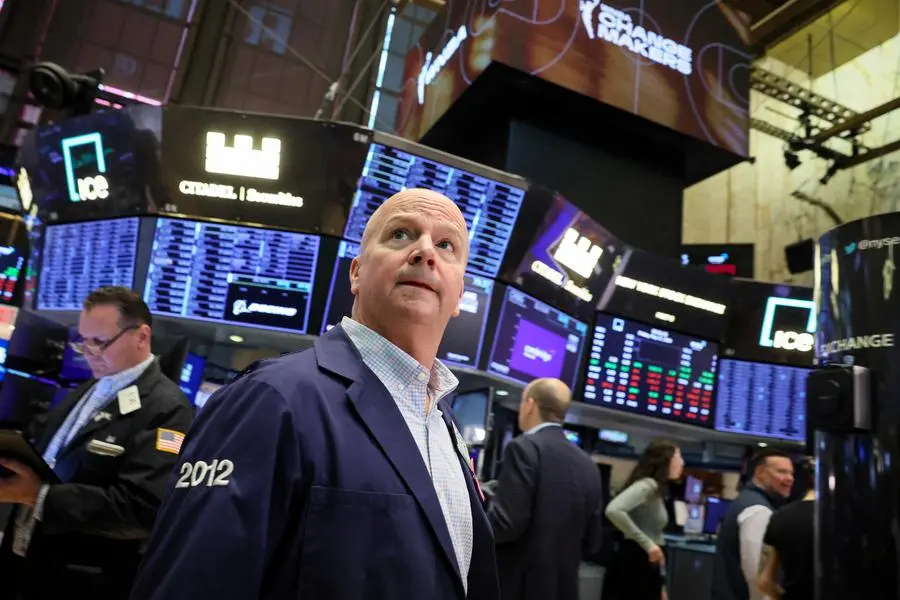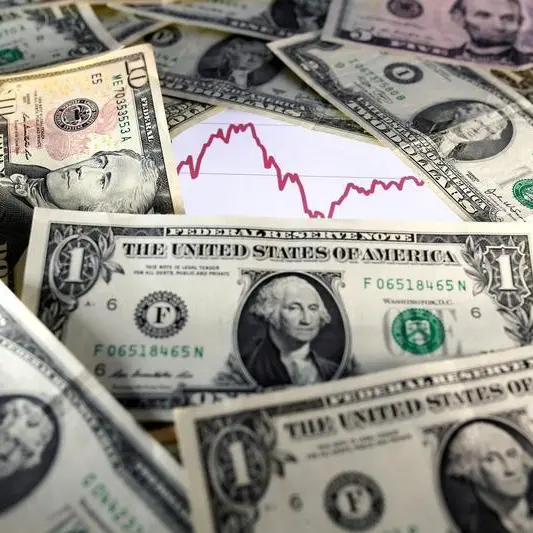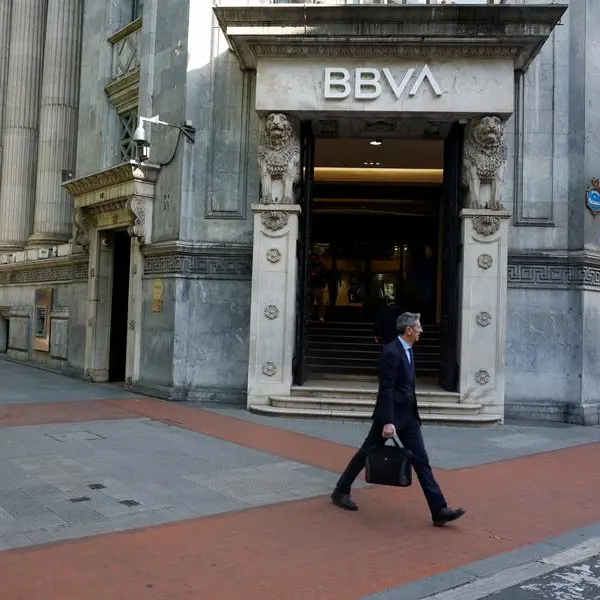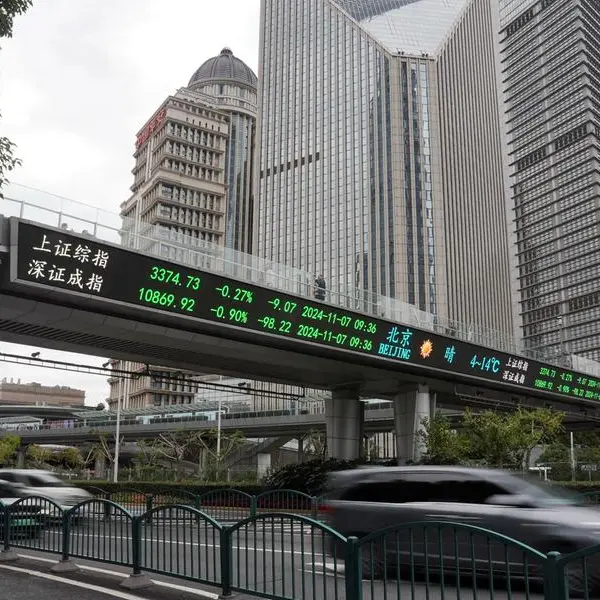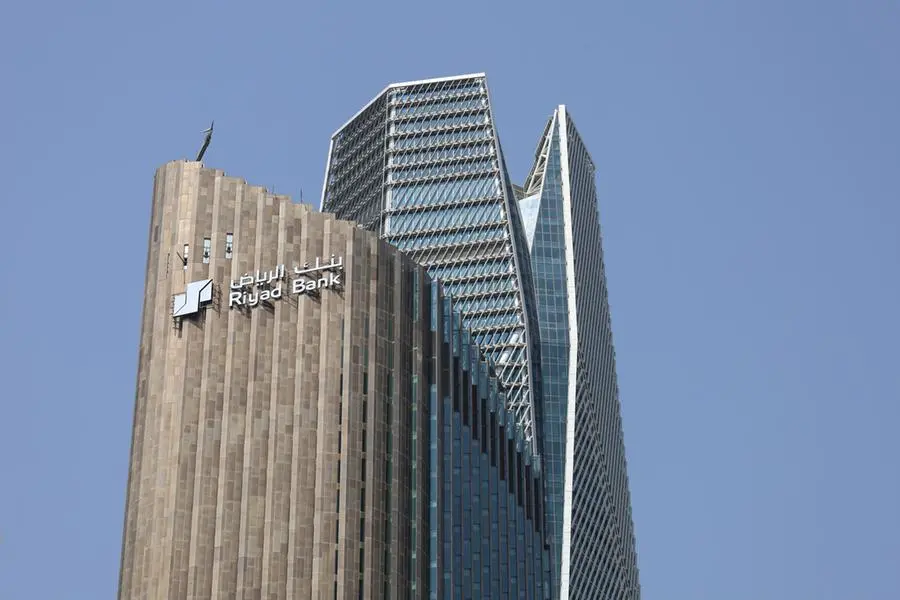PHOTO
(The opinions expressed here are those of the author, a columnist for Reuters.)
ORLANDO, Florida - One of the ironies of the burst of volatility that just blindsided financial markets is its inevitability.
Trades that are only feasible – and only highly profitable – in a world of low volatility are suddenly exposed when "vol" spikes. While traders can maintain these positions for a long time, they are inherently unstable, and getting the time right consistently is next to impossible.
These wagers include FX "carry trades" – considered by many to be central to the gyrations that have recently rocked world markets – and the so-called "basis" trade in U.S. Treasuries, where hedge funds arbitrage the tiny price difference between futures and bonds.
Importantly, the leverage needed to juice the profits of many of these arbitrage trades amplifies the risk – and the pain when the inevitable turning point arrives.
In theory, none of these opportunities should last long if you believe in the efficiency of the free market, and its self-correcting ability to iron out arbitrage wrinkles once they appear.
The reality is rather different, of course.
Leveraged, speculative bets exploiting interest rate or price differentials can last for a remarkably long time. Witness the yen carry trade. It lasted for years, aided by a decade of "Abenomics" during which Japan deliberately weakened its currency with ultra-loose monetary policy.
There's nothing wrong with this, of course. Financial markets draw in participants of all guises with widely varying agendas, time horizons and risk tolerance profiles.
But, as we saw recently, high-risk gambles can sour in the blink of an eye as selling to cover losses and meet margin calls begets more selling.
INTEREST RATE DIFFERENTIAL
From a theoretical and fundamental perspective, such trades are often counterintuitive.
Look at the FX carry trade. In its simplest form, this involves borrowing cheaply in a low-yielding currency and investing in a higher-yielding currency or asset. The trader pockets the interest rate differential and, in theory, the price divergence as the borrowed currency depreciates.
But currencies that offer low returns are relatively low-risk assets backed by solid fundamentals like a big current account surplus. Interest rates are low because inflation is low.
Currencies offering higher rates of return are fundamentally less appealing. Yields are high to compensate for higher or more volatile inflation, increased credit risk, or greater political instability. In some cases, all of the above.
Successful carry trades thus rely on two things: low volatility – or, more precisely, long periods of below-average vol – and timing. The investor needs to exit the trade before the inevitable spike in volatility sparks a wave of short covering that blows up the trade.
TIMING IS HARD
Getting the timing right on these types of trades is more luck than expertise, but even sophisticated investors often seem to forget this, especially when volatility remains low for a long time.
"The nature of the carry trade is very skewed - you make money slowly but lose it very quickly," says Brent Donnelly, president of Spectra Markets.
"It seems too good to be true but it's very difficult to risk manage. You're hoping for a benign world with low economic and financial market volatility ... but when volatility spikes you are forced to get out quickly."
Investors can be lulled into complacency because dramatic spikes in vol, though inevitable, are rare. According to analysts at HSBC, the dollar's 10% fall against the yen in the past month is in the bottom 0.4th percentile of its history of 20-day changes dating back to 1974. The last time there was a similarly large decline was in October 2008.
The two-year Treasury yield's near 50 basis point plunge in only two days is similarly infrequent. This has happened only a few times in the past 40 years, notably on Black Monday, after 9/11, and during the global financial crisis in 2008 and the U.S. regional banking shock last year.
The fallout when these trades go bust can be severe. A "Value at Risk" shock of this magnitude, essentially a jump in the maximum loss an investment can sustain over a period of time, can destroy portfolios and bring down funds.
In extremis, it can risk sparking global financial instability, as was seen when Long Term Capital Management crashed in 1998.
Part of the problem may be how "VaR" models are constructed. Many use basic vol gauges like the S&P 500 "VIX" index as a core input. But such metrics are often artificially depressed by the speculative frenzy that inflates these leveraged trades in the first place. Then they pop.
While we don't yet know how the current episode will play out, it's safe to say there will be casualties. Consider that positions in the U.S. Treasury "basis trade" that regulators have warned about are now worth over $1 trillion.
Jonathan Ruffer, chairman of the eponymous UK-based fund Ruffer, wrote on July 11 that performance had been sub-par partly because the yen had not rebounded as he hoped. He lamented the difficulty in timing the turn, but he noted that when it goes, it will move "explosively" and appreciate "far, far above reasonable value."
The yen turned on July 11. It remains to be seen what will turn next.
(The opinions expressed here are those of the author, a columnist for Reuters.)
(Writing by Jamie McGeever; Editing by David Holmes)
